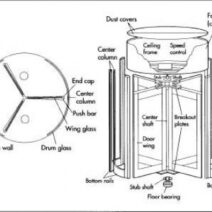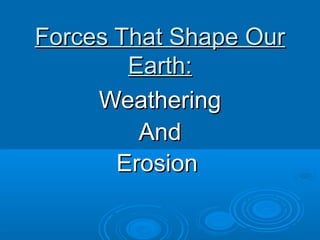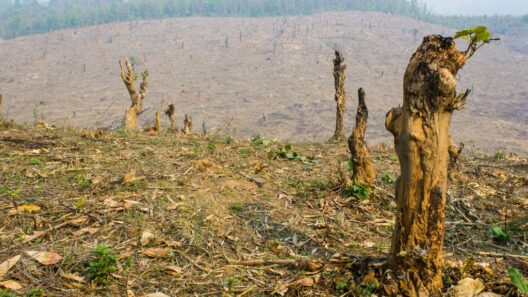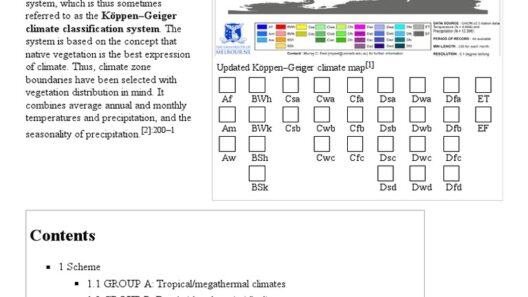The Earth, a grand stage of intricate dynamics, is finely attuned to a quartet of pivotal forces that mold its climate. These forces—solar radiation, atmospheric circulation, ocean currents, and tectonic activity—interact like musicians in an orchestra, each performing a unique solo while simultaneously contributing to the symphonic melody of the planet’s climate. Understanding these elements is crucial, for they do not merely shape weather patterns; they are the very architects of our environmental destiny.
Solar Radiation: The Eternal Light
At the heart of our climate system lies solar radiation, akin to a celestial lighthouse that bathes Earth in life-giving light and warmth. This force is the primary driver of weather patterns and climates across the globe. The sun’s energy travels approximately 93 million miles before reaching our planet, where it is either absorbed or reflected back into space.
The distribution of this solar energy is uneven, a consequence of Earth’s curvature and axial tilt. The equatorial regions bask in a constant embrace of sunlight, creating warm, humid environments abundant with biodiversity. In contrast, the polar regions suffer in the shadows, enduring frigid temperatures that shape stark, icy landscapes.
This differential heating instigates atmospheric dynamics, generating wind patterns and ocean currents that further influence regional climates. For instance, the trade winds, which blow from east to west along the equator, transport warm air and moisture, impacting tropical climates and nurturing rainforests that are vital for global biodiversity. Solar radiation is not merely a force; it is the very heartbeat of the climatic dance that governs life on Earth.
Atmospheric Circulation: The Breath of the Planet
Imagine the atmosphere as a vast, breathing entity, exhaling and inhaling in rhythm with the sun’s energy. This atmospheric circulation is driven by uneven heating, resulting in the creation of high and low-pressure systems. These systems are like the currents of air that give rise to weather phenomena, influencing precipitation patterns and temperature variations across different regions.
At a more global scale, phenomena such as the Coriolis effect—caused by Earth’s rotation—further complicate this dance, creating the trade winds, westerlies, and polar easterlies. These winds are pivotal in redistributing heat and moisture, permitting tropical storms and temperate cyclones to form, each playing a role that can have significant repercussions for ecosystems and human civilizations alike.
Moreover, the jet streams, high-altitude rivers of air that ebb and flow with the seasons, exert profound influence over weather forecasting and regional climate shifts. Their path can determine the success of agricultural seasons, affecting food supply on a global scale. This complex choreography of wind and pressure, an elegant interplay, exemplifies how atmospheric circulation functions as the breath of the planet, animating its ever-changing climate.
Ocean Currents: The Global Conveyor Belt
Beneath the surface of the oceans lies another layer of sophistication: ocean currents, which serve as a global conveyor belt, redistributing heat and nutrients throughout the marine expanse. These currents are akin to the blood vessels of the Earth, pumping warmth from the equator toward the poles and influencing marine ecosystems.
The Gulf Stream, for example, carries warm waters northward along the eastern United States, drastically altering the climate of Western Europe, making it milder than other regions at similar latitudes. Conversely, cold currents, such as the Humboldt Current off the coast of South America, cool coastal regions and foster rich marine life, underlining the intricate balance of temperature regulation in our climate system.
Additionally, these currents affect weather patterns. The phenomenon of El Niño, where warmer water accumulates in the Pacific, disrupts typical weather patterns, leading to droughts in some areas and floods in others, evidencing how interconnected the Earth’s systems are. These forces collectively underscore the significance of marine currents in shaping not only climates but also global food webs that are crucial for sustaining life.
Tectonic Activity: The Slow Dance of the Continents
Finally, the tectonic forces that shape the very fabric of our planet offer a longer-term perspective on climate influence. As continents drift and collide, they alter landforms and climates over geological time scales. Mountain ranges created by tectonic uplift can block prevailing winds, leading to rain shadows and stark climate contrasts between the windward and leeward sides. The Sierra Nevada in California serves as a prominent example of this phenomenon.
Moreover, volcanic activity can inject ash and gases, such as sulfur dioxide, into the atmosphere, momentarily altering global temperatures and weather patterns. The 1991 eruption of Mount Pinatubo serves as a stark reminder of how quickly and drastically the climate can shift due to geological activities. The interplay between tectonic movement and climate is a slow but profound force, impacting ecosystems and climates for thousands—and sometimes millions—of years.
The Interconnected Symphony
In conclusion, the climate on Earth is a complex and intricate tapestry woven from the threads of solar radiation, atmospheric circulation, ocean currents, and tectonic activity. Each force plays a crucial role, influencing one another in endless dynamic interactions that echo across the globe. Understanding these forces not only provides insight into the present climate but also offers foresight into future changes.
As humanity grapples with climate change and its ramifications, recognizing these fundamental forces and their relationships is imperative. The future of our planet hinges on our ability to harmonize our activities with the rhythms of these formidable forces, ensuring that the climate remains conducive for life for generations to come.








